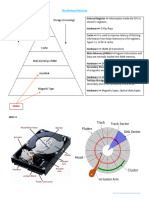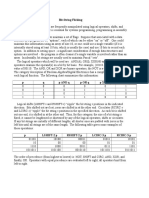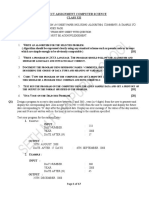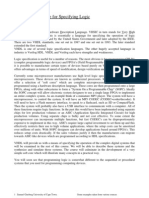0% found this document useful (0 votes)
4 views5 pages09 Indexes2
Lecture #09 discusses various indexing techniques in database systems, including Bloom filters, skip lists, tries, inverted indexes, and vector indexes. Each technique has its own advantages and disadvantages, with Bloom filters providing efficient membership queries, skip lists allowing fast traversal without rebalancing, and inverted indexes supporting keyword searches. The lecture also covers advanced topics like vector indexing for semantic searches and the use of clustering algorithms for efficient nearest-neighbor queries.
Uploaded by
Darion YaphetCopyright
© © All Rights Reserved
We take content rights seriously. If you suspect this is your content, claim it here.
Available Formats
Download as PDF, TXT or read online on Scribd
0% found this document useful (0 votes)
4 views5 pages09 Indexes2
Lecture #09 discusses various indexing techniques in database systems, including Bloom filters, skip lists, tries, inverted indexes, and vector indexes. Each technique has its own advantages and disadvantages, with Bloom filters providing efficient membership queries, skip lists allowing fast traversal without rebalancing, and inverted indexes supporting keyword searches. The lecture also covers advanced topics like vector indexing for semantic searches and the use of clustering algorithms for efficient nearest-neighbor queries.
Uploaded by
Darion YaphetCopyright
© © All Rights Reserved
We take content rights seriously. If you suspect this is your content, claim it here.
Available Formats
Download as PDF, TXT or read online on Scribd
/ 5


















































































